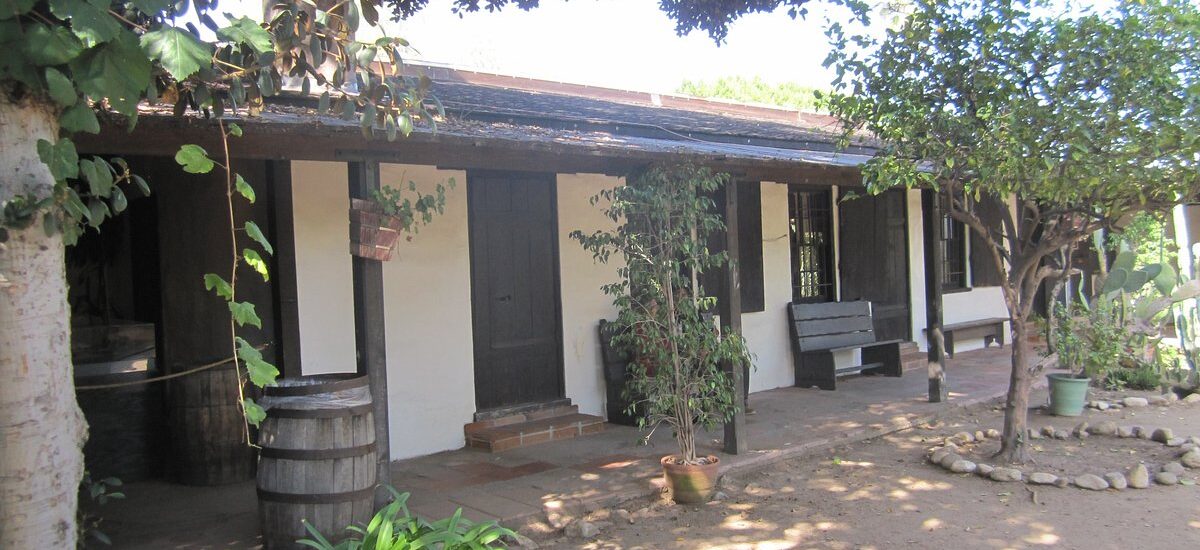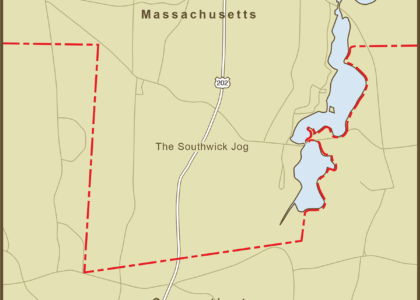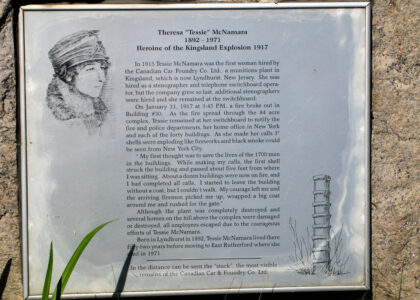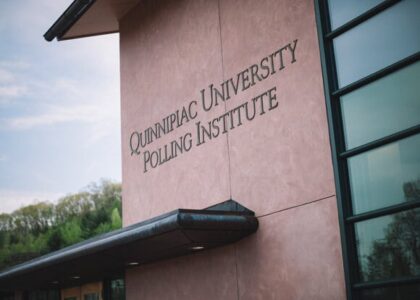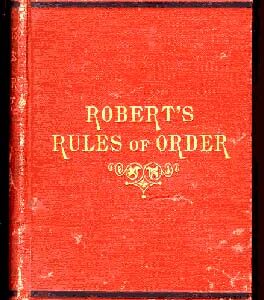Welcome to the Avila Adobe, a place where the echoes of Los Angeles’ rich history resonate through its adobe walls. As you stand before this storied building, let your imagination transport you back to the early 19th century, where the foundations of the modern city were just beginning to take shape.
The Avila Adobe, constructed in 1818, is the oldest standing residence in Los Angeles. It was built by Francisco Avila, who was a prominent cattle rancher and one-time mayor of the city. Imagine the bustling activity of the Plaza area back then, a central hub of trade and social interaction. The adobe served as a testament to the Spanish colonial style, with its thick adobe walls providing a respite from the Californian heat.
During the Mexican-American War, Los Angeles found itself as a focal point of conflict. In 1847, the Avila Adobe played its part in history when it was used as a headquarters by Commodore Robert F. Stockton of the United States Navy. It was here that Stockton planned the American military operations that ultimately led to the U.S. annexation of California.
Fast forward to the early 20th century, and the Avila Adobe was in a state of disrepair. Enter Christine Sterling, a passionate preservationist who saw the potential in the crumbling structure. Sterling was instrumental in revitalizing Olvera Street, transforming it into a lively Mexican marketplace and cultural hub. Her efforts in preserving the Avila Adobe were pivotal, allowing future generations to glimpse into the past.
As you explore the adobe today, you can appreciate its role as a window into the city’s layered history. It not only showcases the architectural style of the time but also serves as a reminder of the diverse cultural influences that have shaped Los Angeles. From its Spanish colonial roots to the vibrant Mexican cultural celebrations, the Avila Adobe stands as a testament to the rich tapestry of the city’s heritage.
Today, the Avila Adobe is a cornerstone of El Pueblo de Los Angeles Historical Monument. It offers visitors a unique opportunity to step back in time and experience the early days of Los Angeles. Whether you are walking through its rooms or standing outside its walls, the spirit of the past is palpable, connecting us to the stories and people who have walked these grounds before us.


